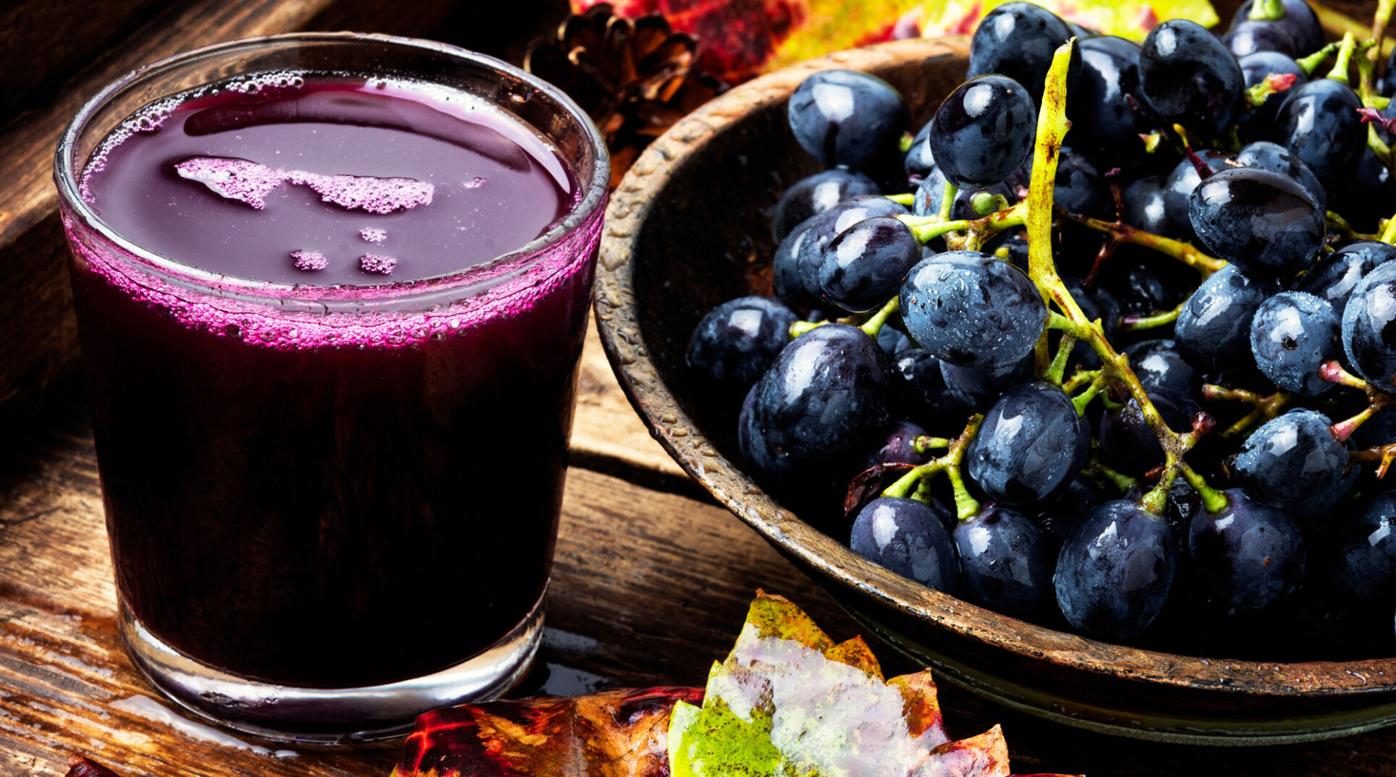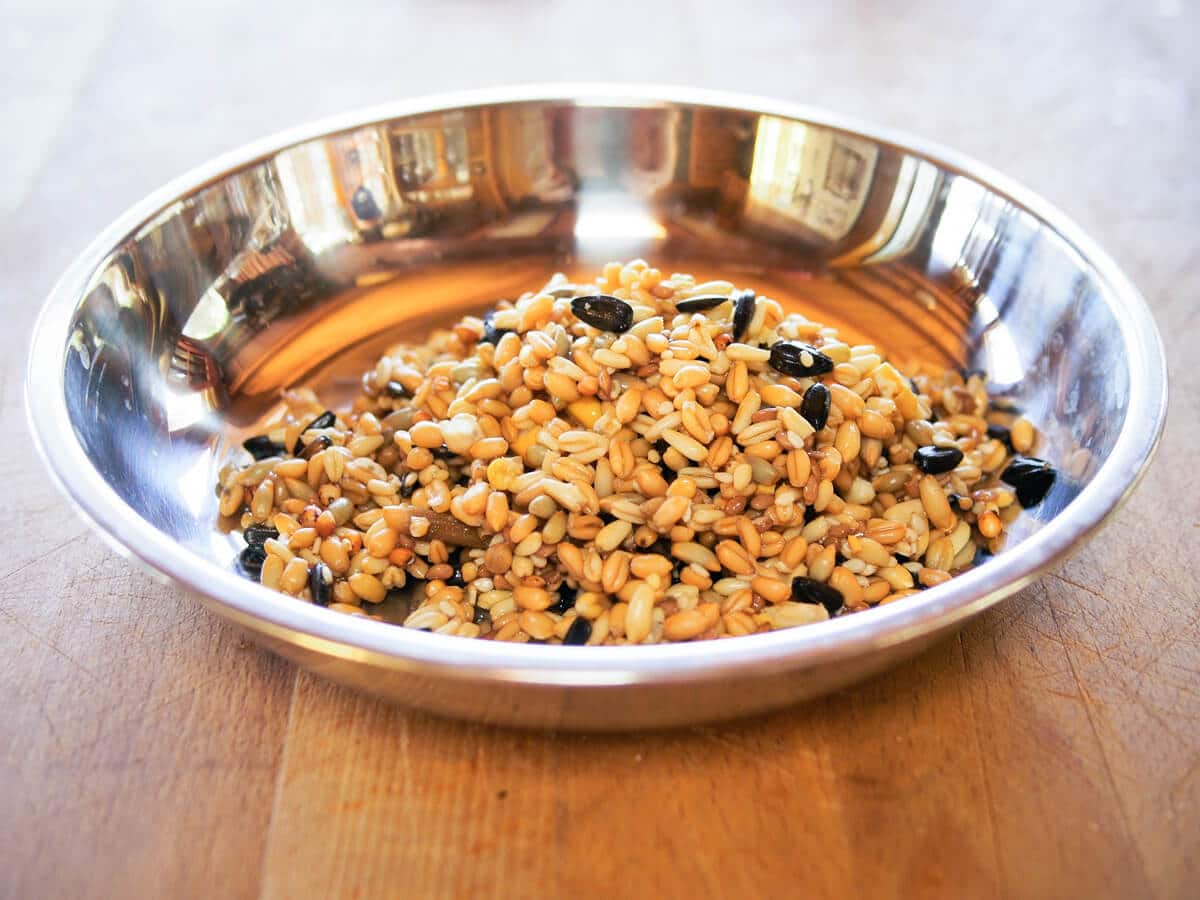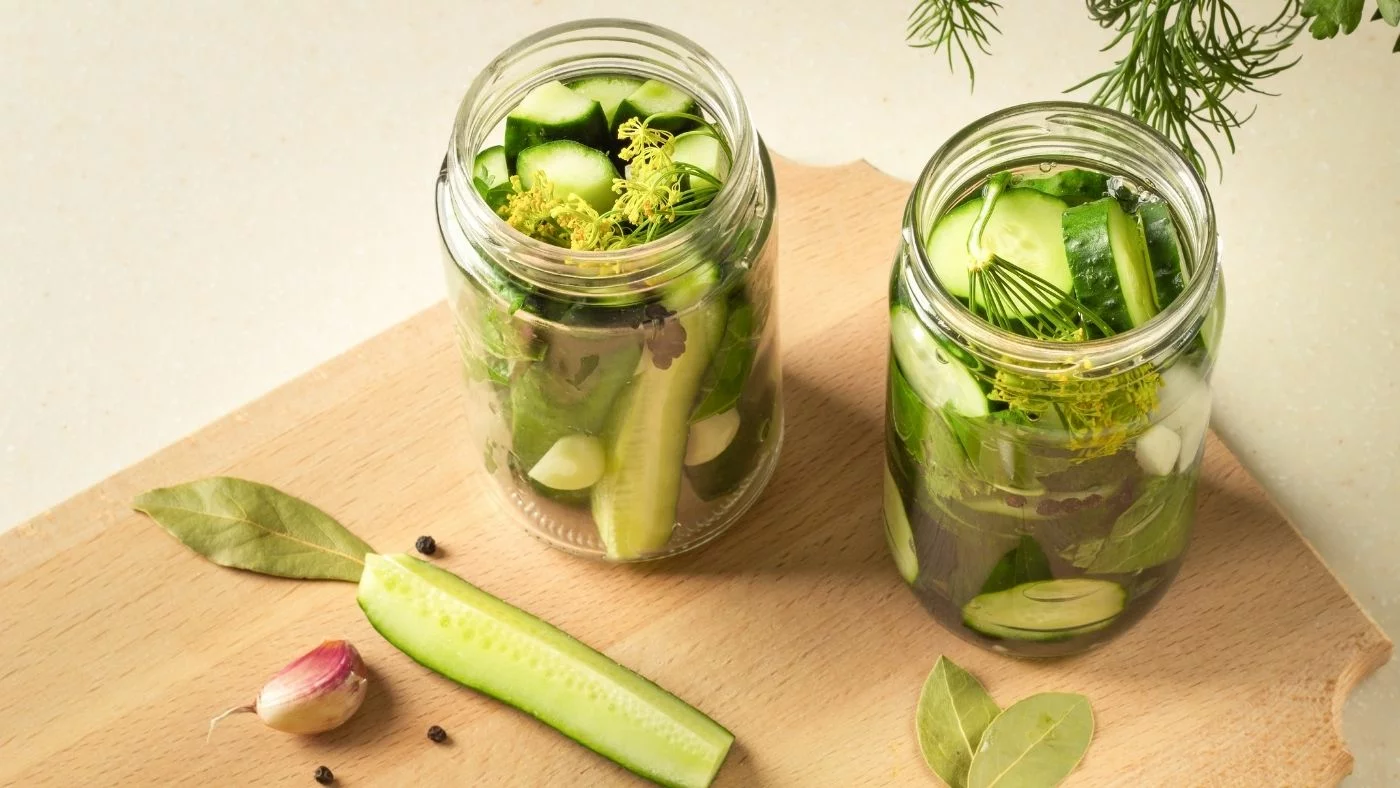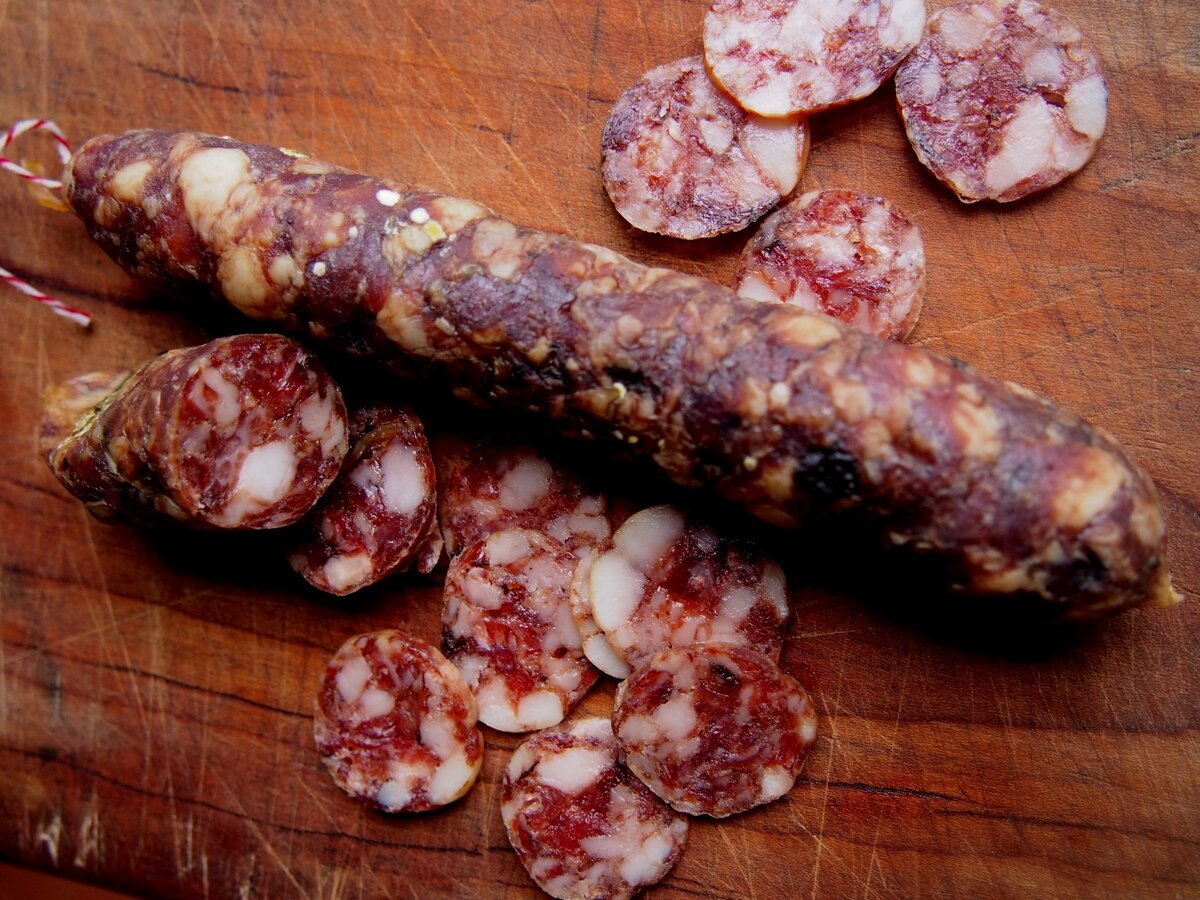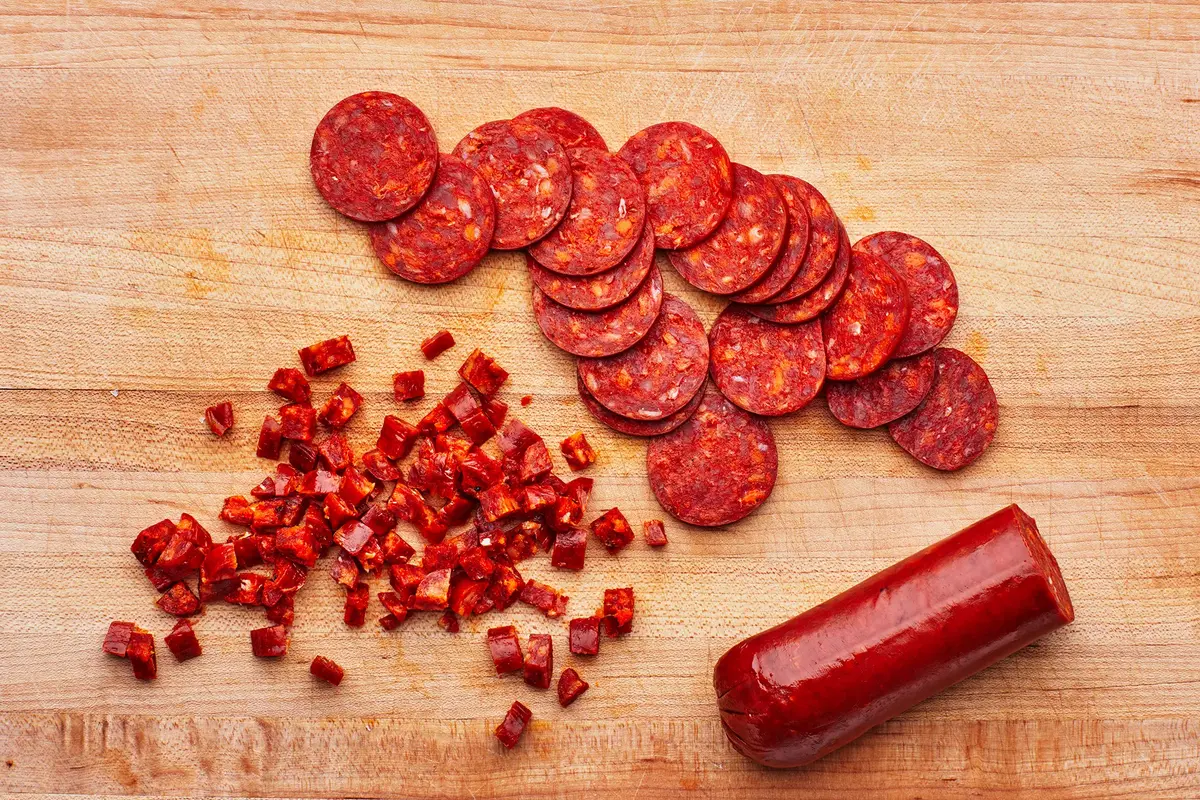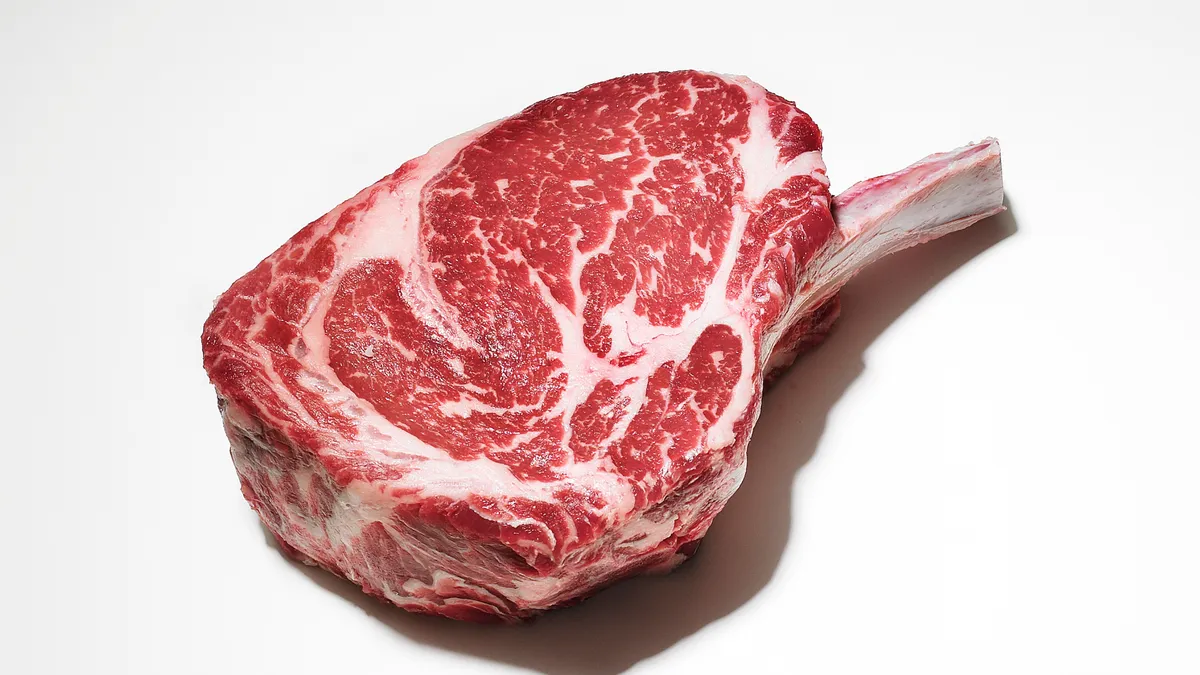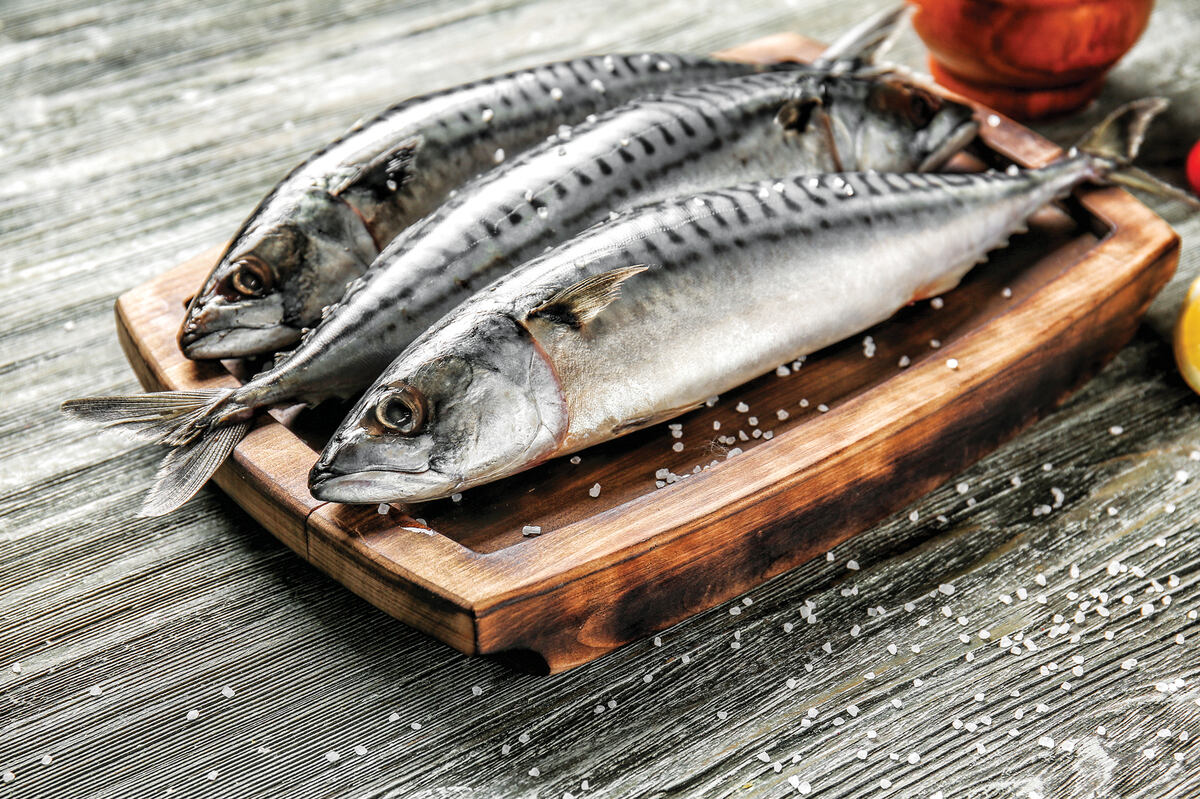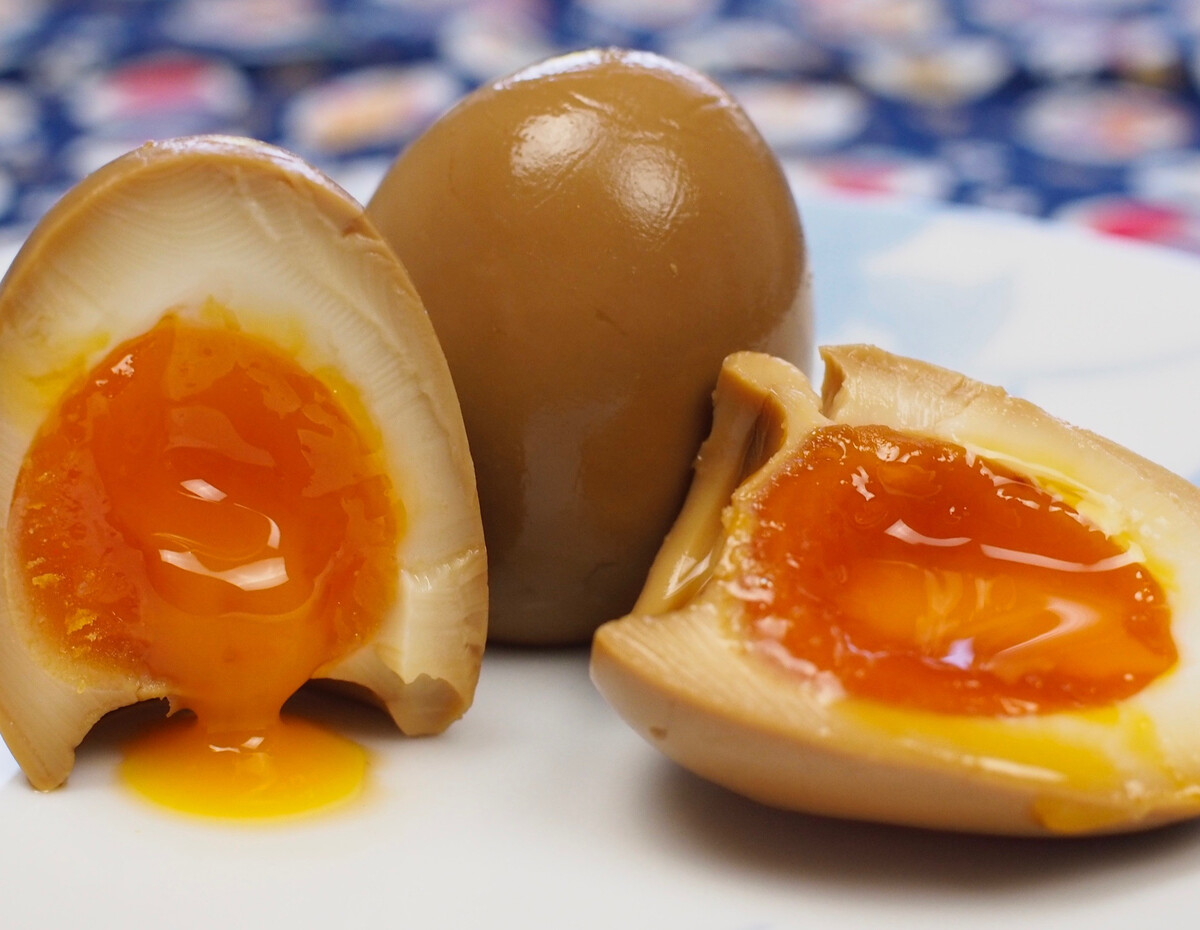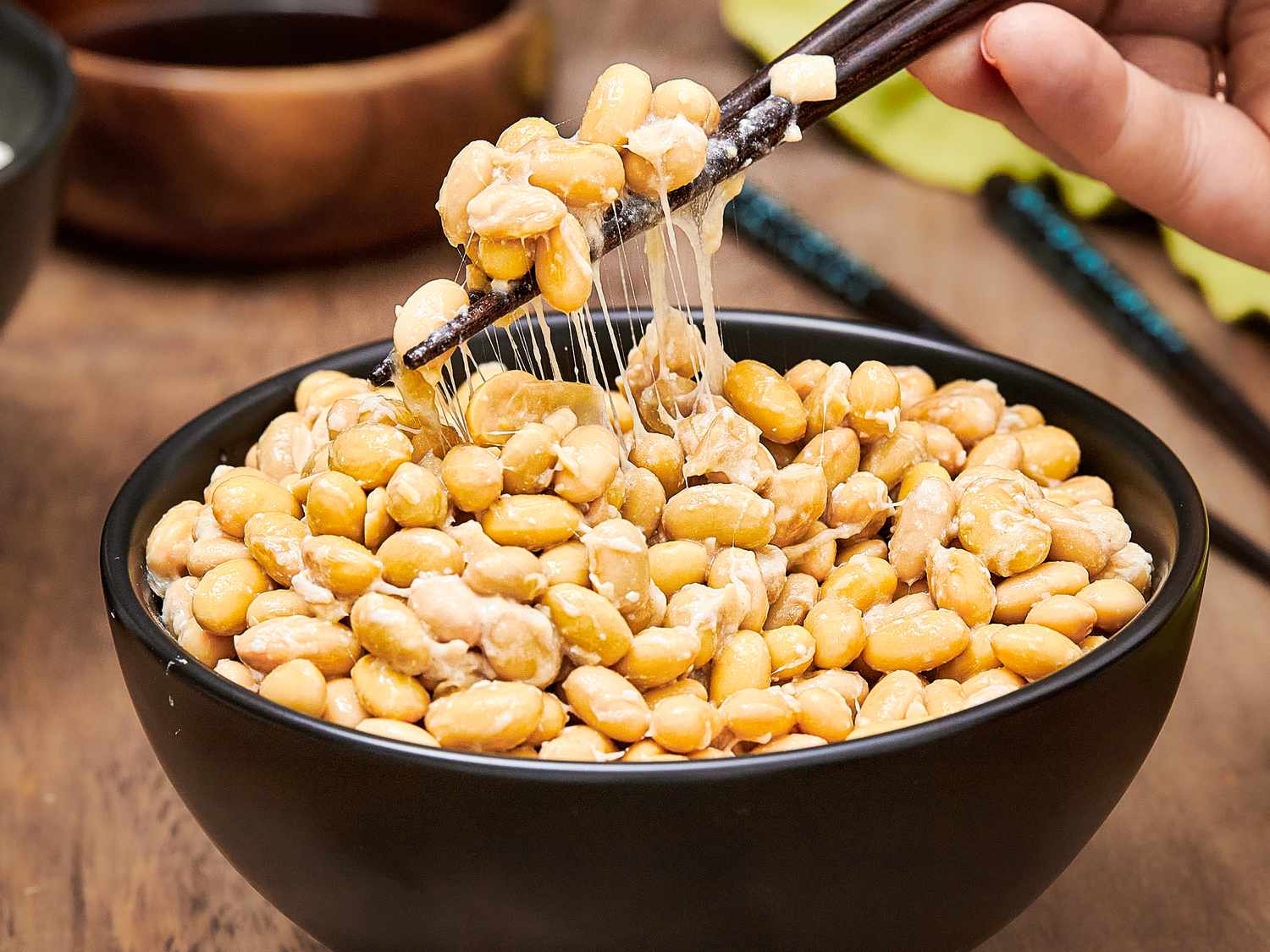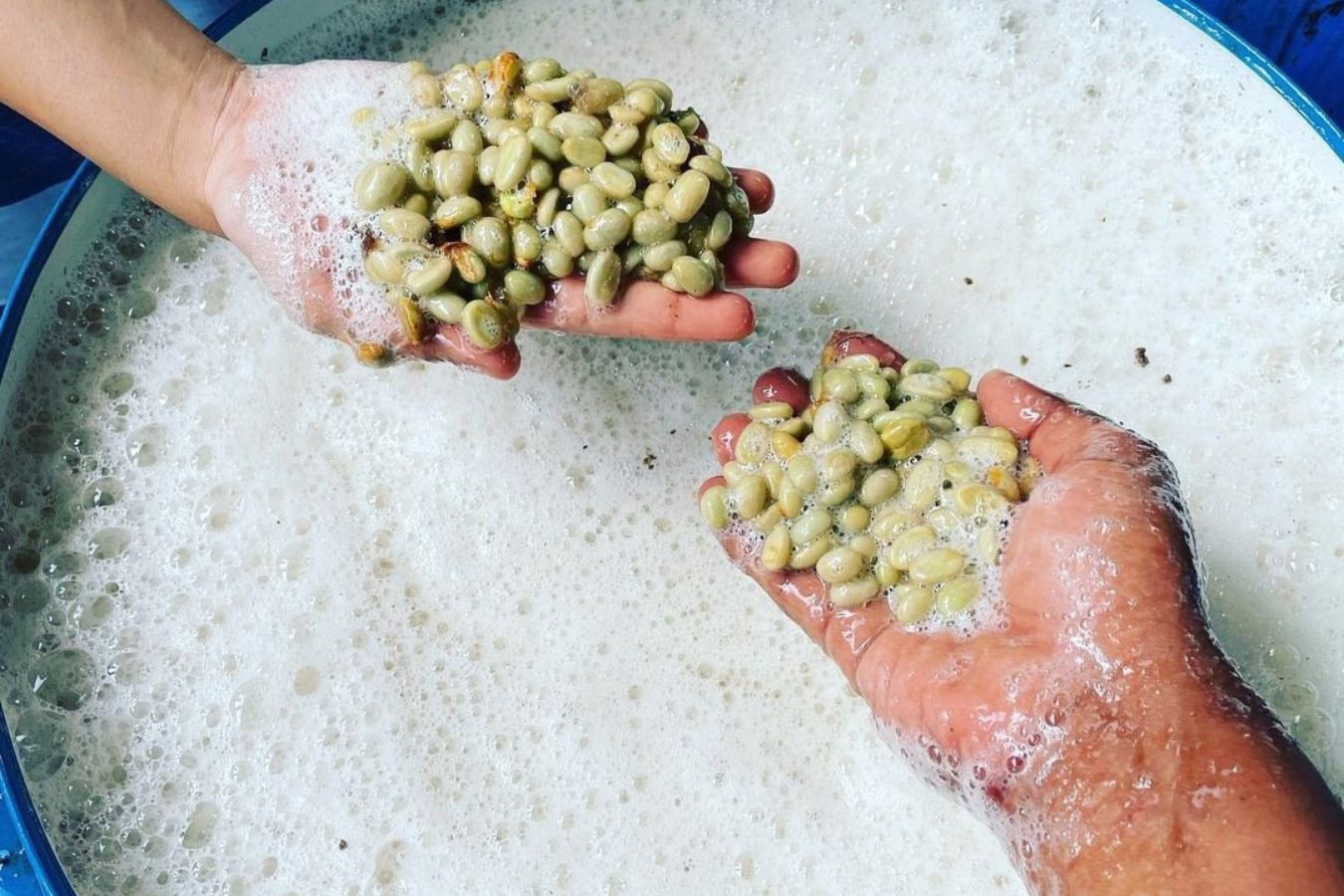What is Malted Rye?
Malted rye is a type of rye grain that has been germinated and then dried through a process known as malting. This process activates enzymes within the rye grain, which can then be used to convert the grain’s starches into fermentable sugars. This makes malted rye an excellent choice for fermenting and brewing, as it provides the necessary sugars for the fermentation process.
Why Ferment Malted Rye?
Fermenting malted rye is a great way to create delicious and unique fermented foods and beverages. Rye has a distinct flavor that adds depth and complexity to the final product. Additionally, the fermentation process can enhance the nutritional value of the rye, making it easier to digest and increasing its probiotic content. Whether you’re interested in making rye bread, beer, or other fermented foods, malted rye can be a versatile and flavorful ingredient.
Steps to Ferment Malted Rye
Here’s a simple guide to fermenting malted rye at home:
- Prepare the Malted Rye: Start by soaking the malted rye in water to hydrate the grains. This will help kickstart the enzymatic activity and make the sugars more accessible for fermentation.
- Mash the Rye: Once the rye is hydrated, it’s time to mash it. This involves heating the rye to activate the enzymes and convert the starches into fermentable sugars. You can do this by heating the rye in water at a specific temperature for a certain amount of time.
- Cool the Mash: After mashing, the rye needs to be cooled to a temperature that is suitable for adding the fermentation culture, such as yeast or a sourdough starter.
- Add the Fermentation Culture: Depending on what you’re making, you can add a specific fermentation culture to the cooled rye mash. For example, if you’re making rye beer, you would add brewing yeast. If you’re making rye sourdough bread, you would add a sourdough starter.
- Ferment the Rye: Once the fermentation culture is added, the rye mash needs to ferment for a specific period of time. This can range from a few days to several weeks, depending on the desired outcome.
- Enjoy the Fermented Rye: After the fermentation process is complete, you can use the fermented malted rye to make a variety of delicious foods and beverages, such as rye bread, rye beer, or even rye-based pickles.
Tips for Successful Rye Fermentation
Here are some tips to ensure a successful rye fermentation:
- Use Quality Ingredients: Start with high-quality malted rye and ensure that any additional ingredients, such as water and fermentation cultures, are also of good quality.
- Maintain Proper Hygiene: Keep all equipment and surfaces clean to prevent contamination during the fermentation process.
- Monitor the Temperature: Temperature control is crucial for successful fermentation. Different fermentation cultures thrive at different temperatures, so it’s essential to monitor and maintain the appropriate temperature for the specific fermentation process.
- Be Patient: Fermentation takes time, so be patient and allow the rye to ferment for the necessary duration to achieve the desired flavor and texture.
Conclusion
Fermenting malted rye is a rewarding and flavorful process that can yield a wide range of delicious foods and beverages. Whether you’re a homebrewer, a baker, or simply enjoy experimenting with fermentation, malted rye offers a unique and versatile ingredient to work with. By following the steps outlined above and keeping these tips in mind, you can successfully ferment malted rye at home and enjoy the delicious results of your fermentation endeavors.
Was this page helpful?
Read Next: How To Ferment Maple Sap


